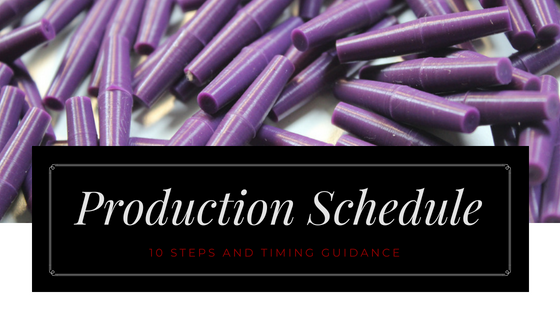
In today’s world, with a growing emphasis on hygiene and cleanliness, there is an increasing demand for products that offer protection against germs and contamination. One such product is custom die-cut self-adhesive shapes that are specifically designed for masking and protection. In this article, we will discuss what custom shapes are, their benefits, and how they can be used in various industries.
What are Custom Die-Cut Self Adhesive Shapes?
Custom die-cut self-adhesive shapes are precision-cut pieces of material that are designed to fit specific applications. They are made from a range of materials, including paper, vinyl, and polyester, and can be cut into any shape or size to fit a specific product or application.
These shapes are produced using a process called die-cutting, which involves using a machine to cut a shape out of a material. The machine uses a sharp blade, or “die,” to cut the material to the desired shape. The process is highly precise, and the shapes produced are consistent in size and shape, making them ideal for applications that require high levels of accuracy.
Benefits of Custom Die Cut Self Adhesive Shapes
There are many benefits to using custom die-cut shapes, including:
Customization
Custom shapes can be customized to fit any application. They can be cut into any shape or size, and can be made from a range of materials to fit specific requirements.
Precision
Die-cutting is a highly precise process, which ensures that the shapes produced are consistent in size and shape. This makes them ideal for applications that require high levels of accuracy.
Time and cost savings
Using custom die-cut shapes can save time and money compared to cutting shapes by hand. The process is highly automated, which means that large volumes of shapes can be produced quickly and efficiently.
Durability
Custom die-cut shapes are made from high-quality materials that are designed to be durable and long-lasting. This makes them ideal for applications that require high levels of durability and resistance to wear and tear.
Applications of Custom Die Cut Self Adhesive Shapes
Custom die-cut self-adhesive shapes can be used in a wide range of industries and applications, including:
Medical
In the medical industry, custom shapes can be used for a range of applications, including wound care, surgical dressings, and medical device manufacturing.
Automotive
In the automotive industry, custom die-cut shapes can be used for applications such as sound insulation, sealing, and gasketing.
Electronics
In the electronics industry, self-adhesive shapes can be used for applications such as shielding, grounding, and insulation.
Packaging
In the packaging industry, custom die-cut self-adhesive shapes can be used for applications such as tamper-evident seals, labels, and product protection.
Construction
In the construction industry, custom die-cut self-adhesive shapes can be used for applications such as sealing, insulation, and soundproofing.
Conclusion
Custom die-cut self-adhesive shapes are highly customizable and versatile products that offer a range of benefits, including precision, time and cost savings, and durability. They can be used in a wide range of industries and applications, from medical to construction, and are an essential component of many products that require protection against contamination and wear and tear.
FAQs
What materials can be used to make custom shapes?
Custom die-cut shapes can be made from a range of materials, including paper, vinyl, and polyester.
What industries use custom die-cut self-adhesive shapes?
Custom die-cut self-adhesive shapes are used in a wide range of industries, including medical, automotive, electronics, packaging, and construction. They are versatile products that can be customized to fit any application and are an essential component of many products that require protection against contamination and wear and tear.
How are custom die-cut shapes produced?
Custom die-cut self-adhesive shapes are produced using a process called die-cutting, which involves using a machine to cut a shape out of a material. The machine uses a sharp blade, or “die,” to cut the material to the desired shape. The process is highly precise, and the shapes produced are consistent in size and shape.
What are the benefits of using custom die-cut shapes?
The benefits of using custom self-adhesive shapes include customization, precision, time and cost savings, and durability. They can be customized to fit any application, are highly precise, can save time and money compared to cutting shapes by hand, and are made from high-quality materials that are designed to be durable and long-lasting.
Can custom shapes be used for medical applications?
Yes, custom self-adhesive shapes are widely used in the medical industry for a range of applications, including wound care, surgical dressings, and medical device manufacturing. They are made from high-quality materials that are designed to be safe and effective for use in medical applications.
In conclusion, custom self-adhesive shapes are versatile and highly customizable products that offer a range of benefits across a wide range of industries and applications. They are made using a highly precise and efficient process and are an essential component of many products that require protection against contamination and wear and tear. Whether used in medical, automotive, electronics, packaging, or construction applications, custom self-adhesive shapes are a reliable and effective solution for masking and protection.










